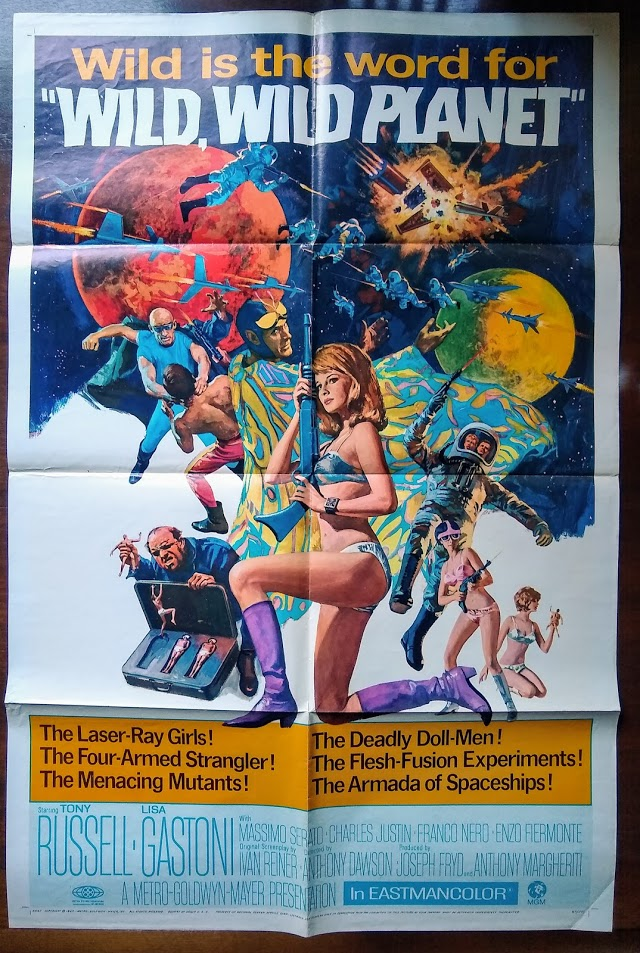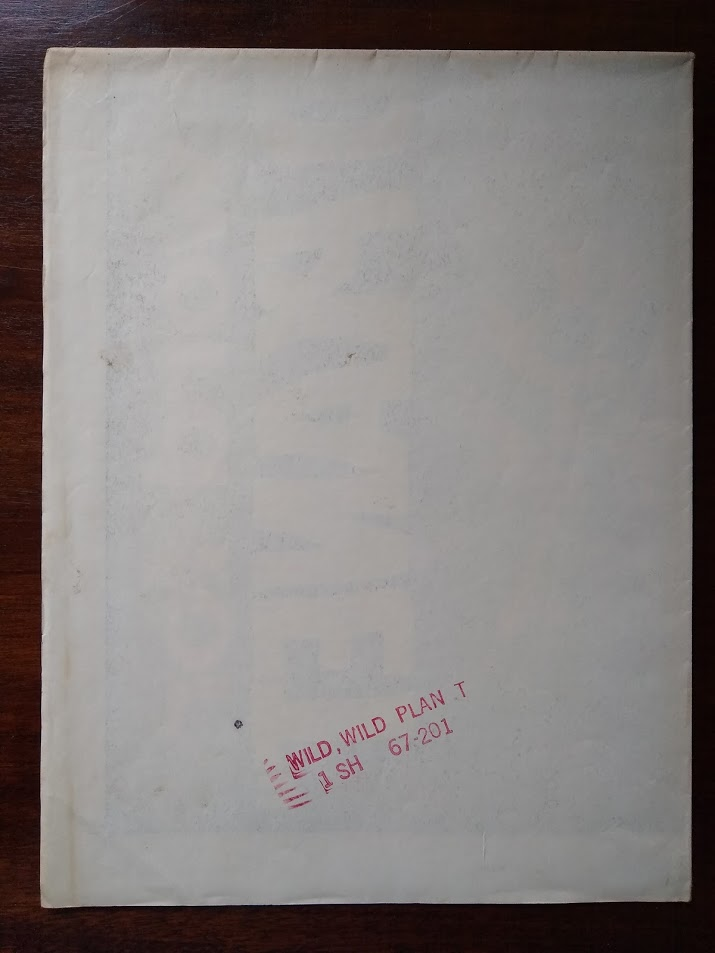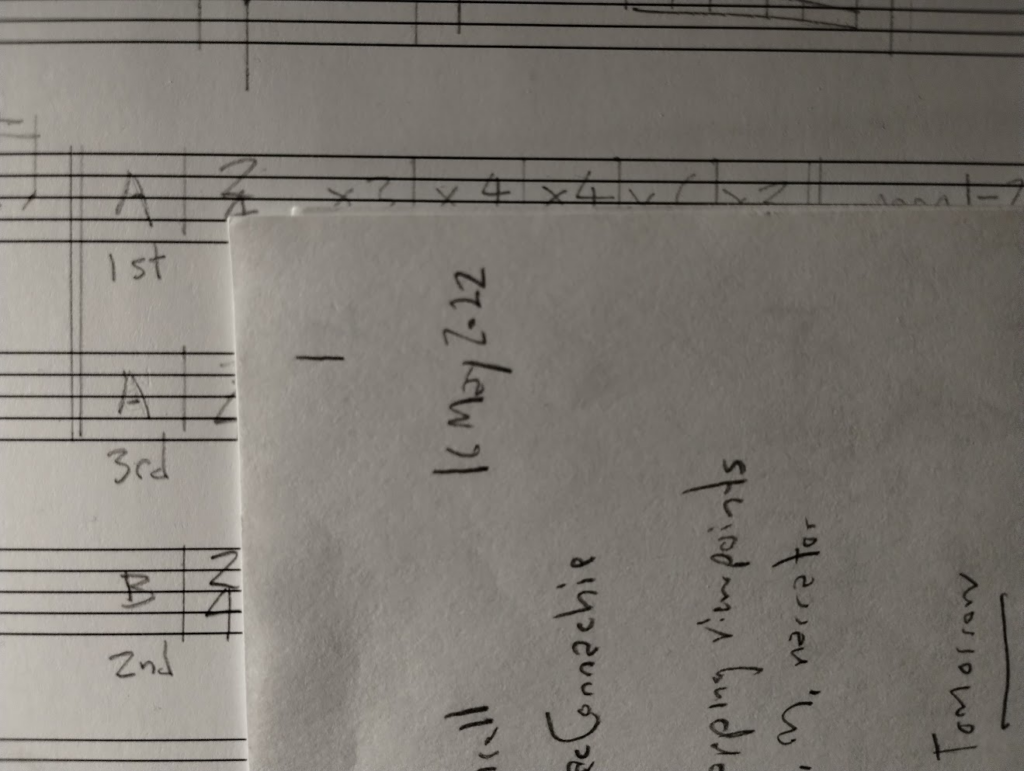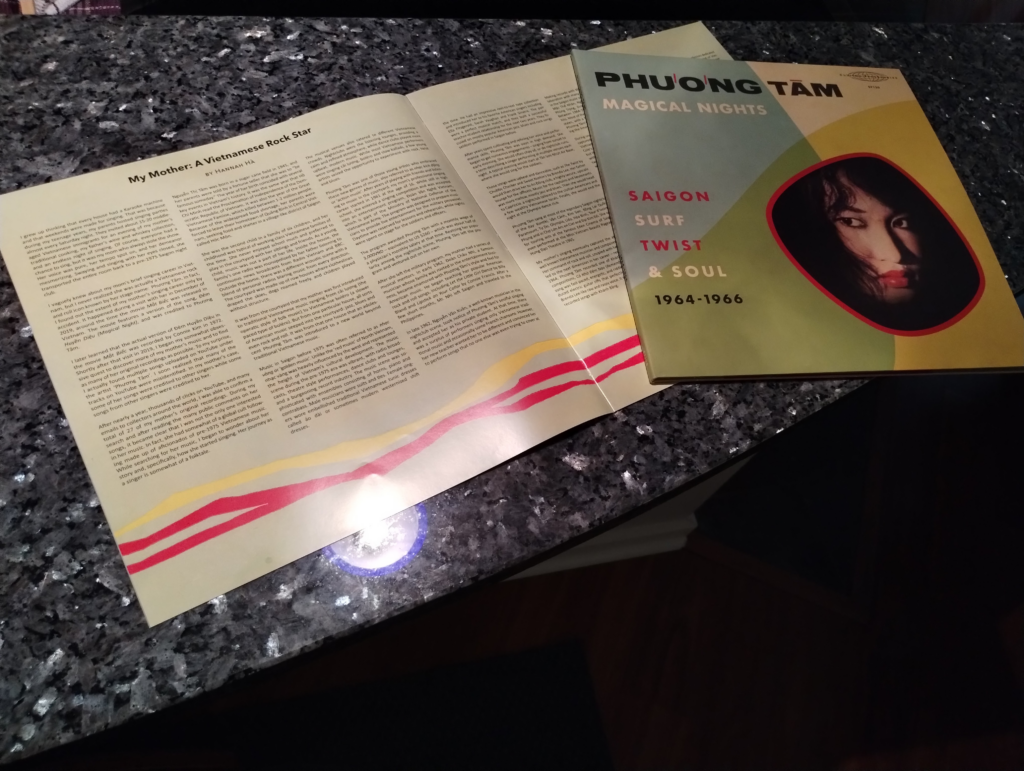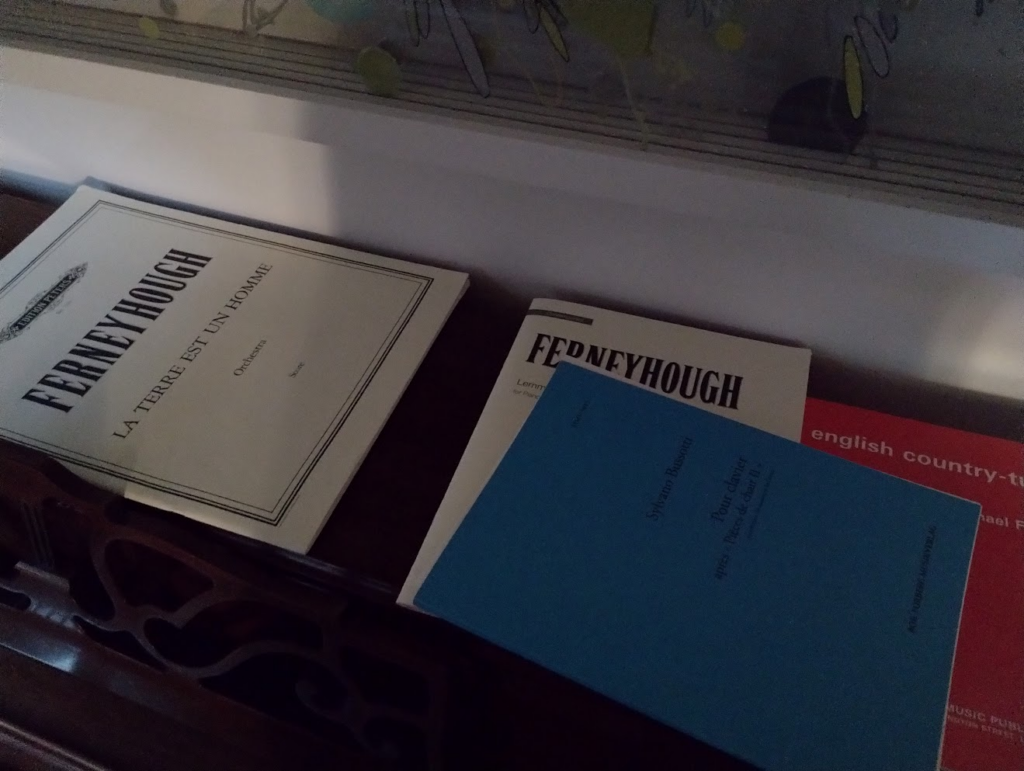I’ve been collecting movie posters for almost exactly three years and recently finished acquiring and framing a set of five distinctive East German posters. The poster mania started 1 Nov 2020 (according to my catalog notes) which was of course eight months into the pandemic when we were all finding new interests with our idle hands. It started with me describing the Italian sci-fi movie Wild, Wild Planet (I criminali della galassia, 1966) to Lisa with way more information than anyone would care to have who doesn’t love quirky, 60s, European sci-fi (“ok, so it’s directed by Antonio Margherita and is part of a loose four film cycle centered around the crew of the space station Gamma One…”). In my waxing about the movie I looked up the poster and made the fateful statement of how amazing it would be if I could find an original copy.
Well apparently it’s easy to find. And reasonably priced.
And as soon as Lisa saw the purple boots she didn’t care how boring it is that “Margheriti was otherwise known as a Giallo director and went by the name Anthony Dawson for this film to appeal to American audiences. Not to mention that he’s slyly referenced in Inglourius Basterds.” After I ordered it I was worried I was getting a reprint, but the back of the copy I received looks aged and has a stamp that looks authentic. And anyway, who wouldn’t want this on their wall:
